Central

Mistletoe State Park
Supported by a local Friends chapter and located on 71,100-acre Clarks Hill Lake near Augusta, this park is known as one of the finest bass fishing spots in the nation. Boat ramps provide easy access to one of the Southeast’s largest lakes. During the summer, guests can cool off at the sandy beach or on miles of shaded nature trails. Many programs are hosted throughout the year, such as astronomy programs, concerts and nature walks. Bike riders who explore this park can join the Muddy Spokes Club.
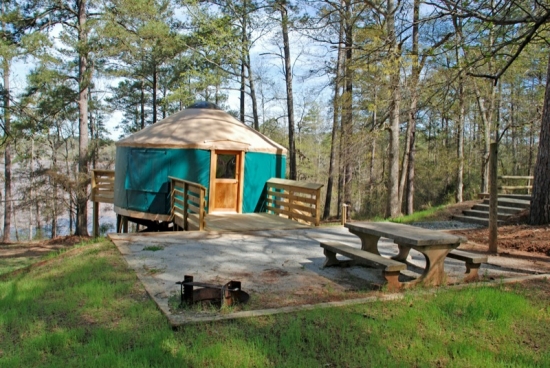
High Falls State Park
Supported by a local Friends chapter and located northwest of Macon, High Falls State Park is named for tumbling cascades on the Towaliga River. Boat rental, ramps and fishing docks provide easy access to the park’s lake, known as one of Georgia’s top fishing spots for hybrid and white bass. Overnight visitors can choose from a spacious campground or lakeside yurts, which are like canvas and wood tents. Each yurt features a small deck, picnic table and grill outside, plus furniture, electrical outlets and a ceiling fan inside. During summer, guests may cool off in the park’s swimming pool.

George L. Smith State Park
Supported by a local Friends chapter, this secluded park is the perfect south Georgia retreat. It is best known for the refurbished Parrish Mill and Pond, a combination gristmill, saw mill, covered bridge and dam built in 1880. A group shelter near the bridge is popular for family reunions and parties. Some campsites sit right on the water’s edge, while cottages with gas fireplaces and screened porches are nestled into the woods. The park’s mill pond beckons anglers and paddlers to explore thick stands of cypress and tupelo trees draped with Spanish moss.
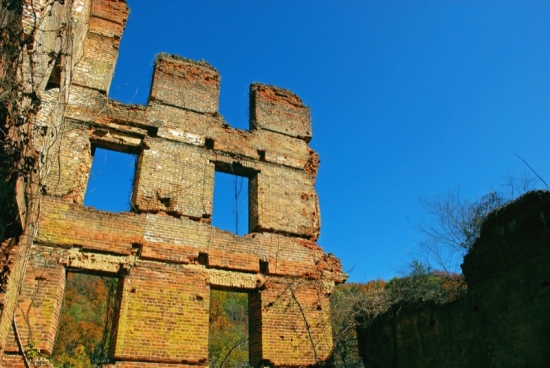
Sweetwater Creek State Park
Sweetwater Creek State Park is a peaceful tract of wilderness only minutes from downtown Atlanta. A wooded trail follows the stream to the ruins of the New Manchester Manufacturing Company, a textile mill burned during the Civil War. Beyond the mill, the trail climbs rocky bluffs to provide views of the beautiful rapids below. Additional trails wind through fields and forest, showcasing ferns, magnolias, wild azaleas and hardwoods. Park rangers lead informative hikes to these areas throughout the year.
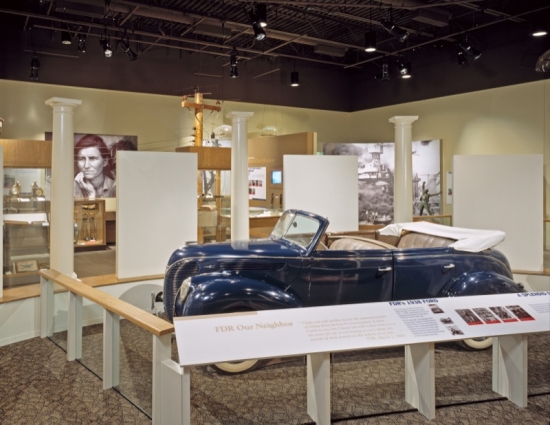
Roosevelt's Little White House Historic Site
Supported by a local Friends chapter, the Little White House is one of Georgia's most precious treasures. Franklin Delano Roosevelt built the Little White House in 1932 while governor of New York, prior to being inaugurated as president in 1933. He first came to Warm Springs in 1924 hoping to find a cure for the infantile paralysis (polio) that had struck him in 1921. Swimming in the 88-degree, buoyant spring waters brought him no miracle cure, but it did bring improvement.
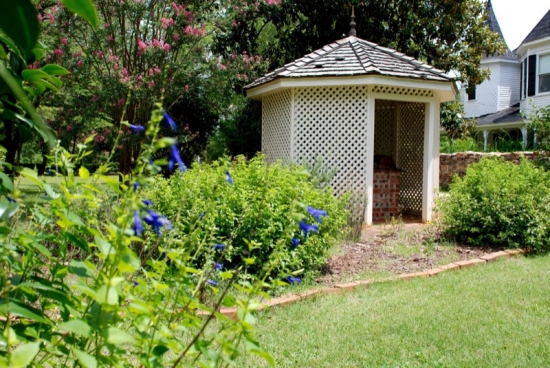
Robert Toombs House Historic Site
Operated by Wilkes County. Call 706-678-2226 for details. A legend in his own time, Robert Toombs was a successful planter and lawyer who led a turbulent career as state legislator, U.S. Congressman and Senator. “Defend yourselves; the enemy is at your door . . . !” thundered Toombs from the Senate floor on January 24, 1860. The following year, Georgia seceded from the Union and Toombs personified the South by evolving from conservative Unionist to fire-breathing secessionist.
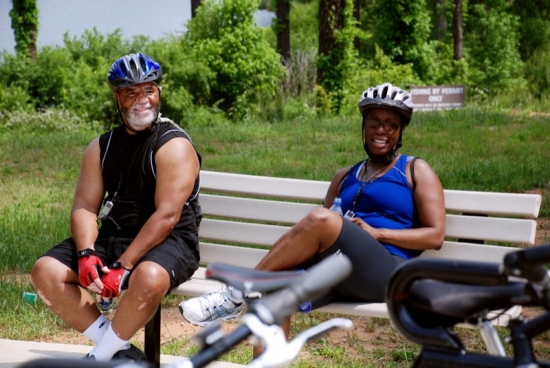
Panola Mountain State Park
Supported by a local Friends chapter and just 15 minutes from Atlanta is a recreational haven for all ages and interests. Visitors can picnic while children work off energy on the playground. Anglers can bring their fishing poles to catch dinner at Alexander Lake. The park even offers archery, boat rental, geocaching, orienteering, birding and tree-climbing programs. A paved trail is open for biking, roller blading, jogging and dog-walking, while forested fitness trails are open for hiking and running.

Magnolia Springs State Park
Supported by a local Friends chapter, beautiful Magnolia Springs State Park is known for its crystal clear springs flowing 7 million gallons per day. A boardwalk spans the cool water, allowing visitors to look for alligators, turtles and other wildlife near the springs. A small lake is available for fishing. Overnight guests can choose from cottages and a campground. Magnolia Springs State Park is part of the Muddy Spokes Club, encouraging bikers to finish a 3-mile loop and work toward earning a members-only t-shirt.
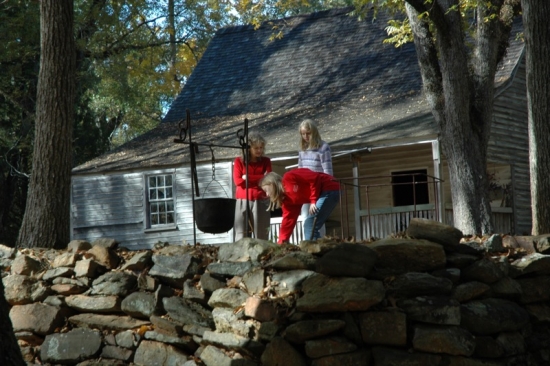
Jarrell Plantation Historic Site
Supported by a local Friends chapter and nestled in the red clay hills of Georgia, this cotton plantation was owned by a single family for more than 140 years. It survived Gen. Sherman’s “March to the Sea,” typhoid fever, the cotton boll weevil, the advent of steam power and a transition from farming to forestry. In 1847, John Fitz Jarrell built a simple heart pine house typical of most plantations and made many of the furnishings visitors see today. In 1860, the 600-acre plantation was farmed by 39 slaves.

Indian Springs State Park
Supported by a local Friends chapter and conveniently located near I-75 in middle Georgia, Indian Springs is one of the oldest state parks in the United States and a popular spot for outdoor recreation. For centuries, Creek Indians collected the spring water for its healing qualities, and during the 1800s, the area was a bustling resort town. Today, visitors can still sample the spring water flowing inside the stone Spring House built by the Civilian Conservation Corps during the Great Depression.
Pagination
- Page 1
- Next page